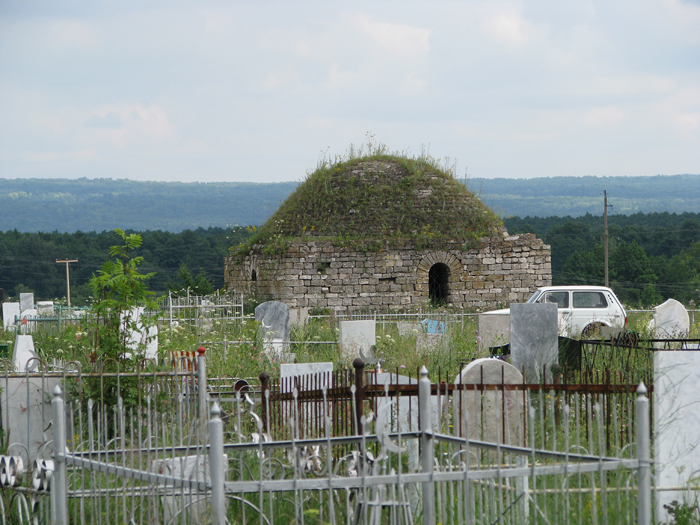One of the earliest gravestones monumental architectural structures in the South Urals is the mausoleum of Hussein Bey near Ufa, located at the existing cemetery.
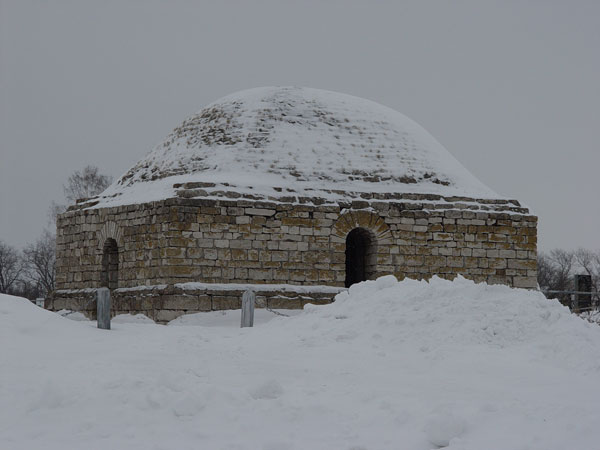
About the circumstances of the origin of this monument survived following legend. It says that at the beginning of the XIV century Bashkirian Borak Khan appealed to the government of Turkestan Ahmed Yasawi asked to send them a man who could preach Islam among the Bashkirs. Ahmed Yasawi Khan immediately sent to Bashkortostan his student Hussein Bey. Important spiritual person, he settled at the rate of Khan.
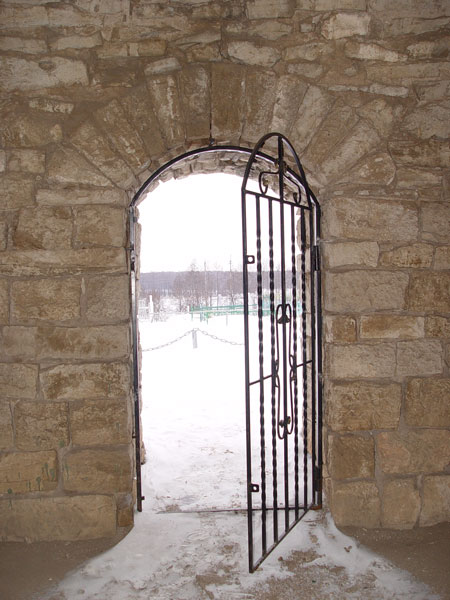
When Hussain Beg achieved some success in the mission field, he embarks on a journey to Mecca for the Hajj. From Mecca, he returned with the title "Haji" - now he Haji Hussain Beg, became the imam, the spiritual head of the Muslims of Bashkortostan.
Hussein Bey until his death was at the rate of Khan and later buried in the cemetery of Khan's "Ak-ziyarat." Text gravestones reads:
"Just in their decisions Hussain Beg
son Omar Bey ... rsasskogo from Turkestan,
late, my God, have mercy mercy
Extensive, I honor him as their benefactor.
Died (ninth) day of the blessed month of god
fourth, seven hundred and fortieth year. "
(By Christian letoichschisleniyu 1339, 15 September).
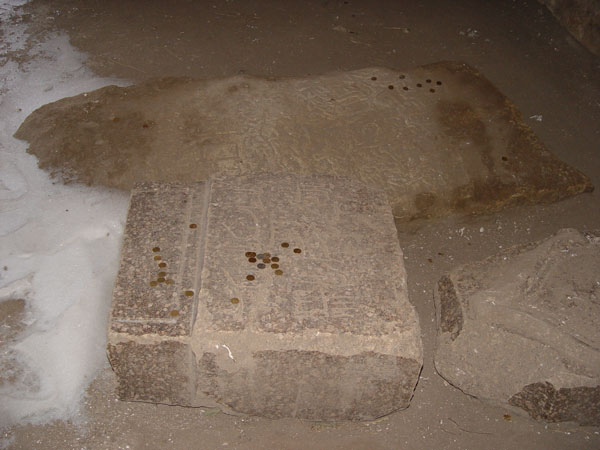
In 1985, archaeologist Bashkir GN Garustovich made archaeological excavations in the mausoleum of Hussein Bey and found nine graves: three adults and six children. It is believed that the central burial belonged to Hussein-Bey: he, like the others, lying in a coffin-tabute head to the west, facing south, Mecca.
Skeleton Hussain Beg was subjected to a thorough examination. It showed that he was an increase of about 160 cm, with no trace of disease that could cause changes in the skeletal system. On the basis of a well-preserved skull was restored portrait of Hussein Bey: he was a man with a European face.
A photograph of the destroyed mausoleum bit Hussein Bey, made famous archaeologist 60-80. XIX century RGIgnatiev, according to which the mausoleum has a rectangular base with a high octagonal dome. In 1911, at the initiative of the Ufa mufti M.Sultanova this mausoleum was rebuilt. During the reconstruction of the mausoleum has lost its portal-dome shape and became centric. Faceted hemispherical dome was replaced.
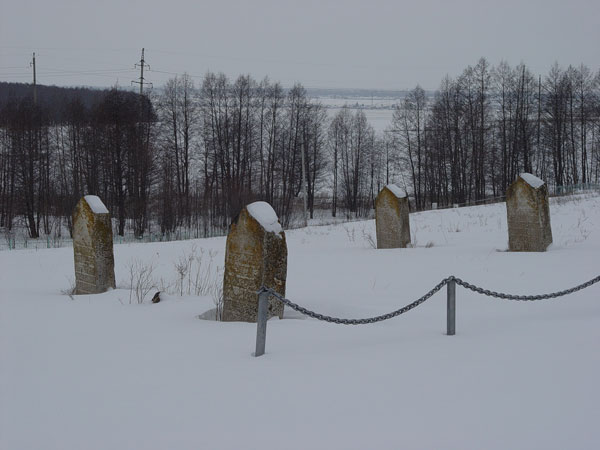
Now, the current view of the mausoleum does not reflect its original form: judging by the photos, it is fully repeating the well-preserved form of the mausoleum Tour Khan.
If you look in the annals, we learn that in the middle of the XVIII century, the foreman Kara Tabynsk parish K.Mullakaev told the participants of the Orenburg expedition PI Rychkov that "long before the Russian conquest of Kazan kingdom scepter and Bashkirs, on the very spot where now the city of Ufa, was a great city ... The last ruler of this city was called Nogai Khan Turea Baba-Tuklyusov, Coy lived in it alone in the winter, and in summer he lived about Demos river from the city of Ufa, 50 miles, in two places, namely at the large lake Akziarate yes Islake on the river, where there were a lot of residence; and even to this day on the lake mosque and on the river Islake same mosque and houses of stone can be seen, only to have collapsed. "

To get to the mausoleum of Hussein Bey is not difficult: it is 2 km from the village Chishmy near Ufa. The mausoleum is located in the grounds of the cemetery (which is a primer), within one kilometer of asphalt road - that is, in the summer to get to it is not difficult and will have to stock up on winter skiing.
Visiting the mausoleum visitors should treat respectfully buried in the cemetery, and to the very shrine too. In addition to the mausoleum of interest to tourists are ancient tombstones warriors buried near the mausoleum.









